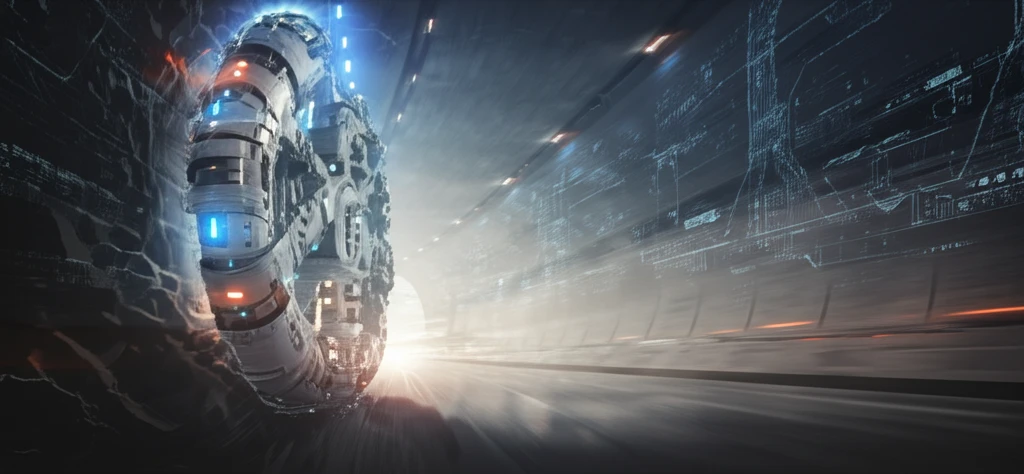
Rock Solid: How Understanding Rock Structure Can Save Roadways
"Discover how innovative approaches to rockmass structure analysis and support systems are revolutionizing roadway construction and maintenance, ensuring safer and more durable infrastructure."
Maintaining the integrity of roadways, especially in challenging geological environments, is a constant battle against the forces of nature. Mining operations, with their complex subsurface dynamics, add another layer of difficulty. One critical area is the 'gob-side roadway retaining,' a method used to preserve roadways near mined-out areas. The traditional methods, however, often fall short, leading to instability and potential hazards.
Now, innovative research is changing the game. By delving deep into the mechanics of rockmass structure and developing advanced support systems, engineers are finding new ways to ensure the safety and longevity of these vital pathways. This article explores these cutting-edge techniques, offering insights into how a better understanding of rock behavior can lead to more robust and reliable roadways.
From analyzing stress characteristics to designing novel filling materials, the latest advancements promise to revolutionize gob-side roadway retaining. Let's uncover how these insights are paving the way for safer and more durable infrastructure in even the most demanding conditions.
Decoding Rock Movement: The Key to Roadway Stability

The stability of gob-side roadways hinges on understanding how the surrounding rock mass behaves after mining activities. Think of it like this: when a section of a mine is excavated, the overlying rock strata doesn't just disappear; it shifts, settles, and exerts pressure on the remaining structures. Analyzing these movements is crucial for designing effective support systems.
- Bearing Capacity: The filling material must be strong enough to cut off the key block beside the goaf (the mined-out area).
- Deformation Capacity: It needs to handle significant deformation as the overlying strata moves.
- Post-Strength: The material should maintain its strength even after the initial shifts and settlements.
Building a More Resilient Future
The research marks a significant step forward in gob-side roadway retaining. By understanding the movement laws of rockmass structure and applying innovative support methods, engineers can create safer, more durable roadways. These advancements not only protect infrastructure but also ensure the safety of those who depend on it. The future of roadway construction lies in embracing these data-driven, innovative approaches.
